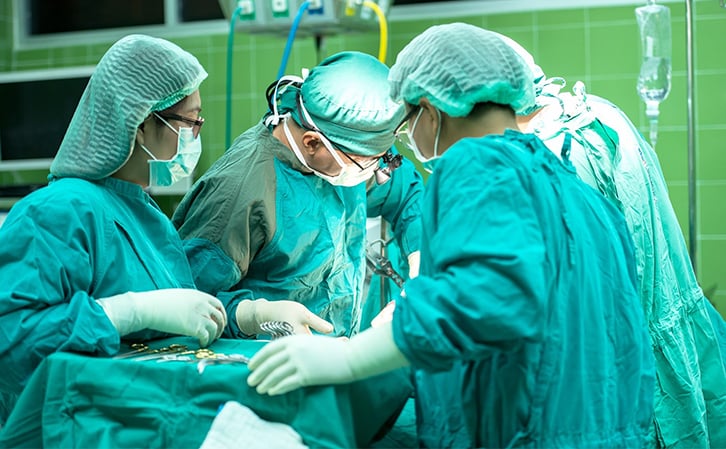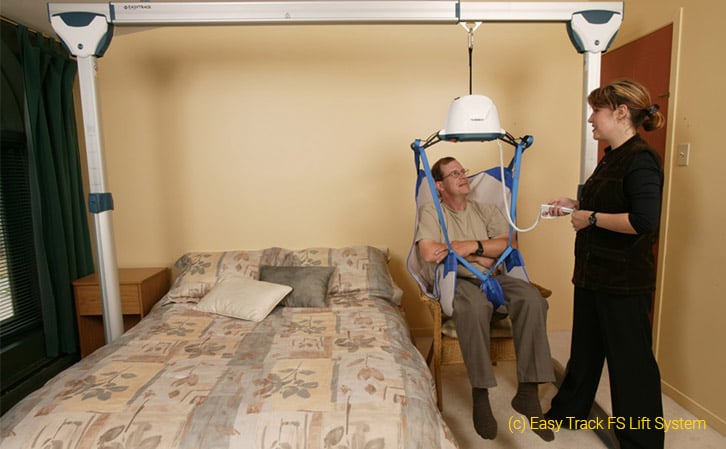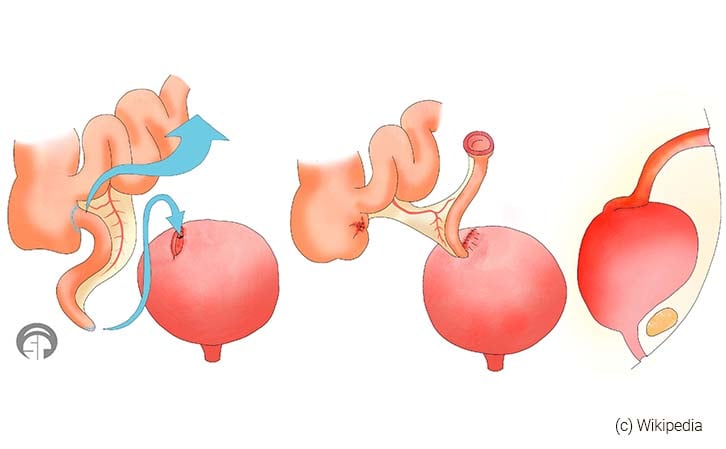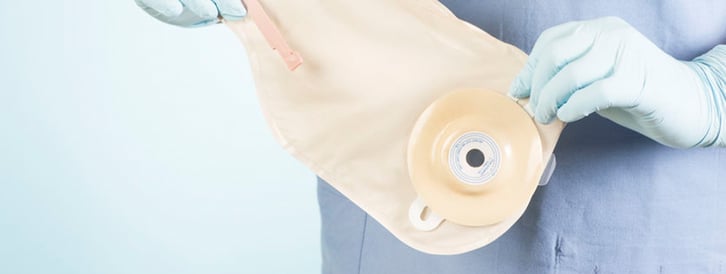How to Live Independently as a Low-Level Quadriplegic
For those with mid to lower cervical spinal cord injuries, they can range in their levels of independence. While some can be fully independent and not need PCA's to help with their daily living or personal needs, some need help several hours a day. Why is there such a difference in this area of paralysis?
This is due to many reasons. First, it is important to remember that every spinal cord injury is different. Secondly, the severity of the injury makes a big difference. Some can have an incomplete injury where they have a stronger function with someone with the same injury, but it is complete. It is not due to a lack of effort on anyone’s part.
There are however many things those with a C6-C8 injury can do to become fully independent and be no longer in need of caregivers. Some of these things include surgeries and there are amazing life-enhancing products as well. Read how it is possible to live independently as a low-level quadriplegic below.
Transfer Independence
Tendon Transfer Surgery

For those who have a C6-C7 injury, which means they have some wrist function, they are a candidate for tendon transfer surgery, which is a surgery that moves arm tendons in the forearm that usually move the wrist to the finger area. This surgery returns some triceps movement and hand function. For those with completely paralyzed triceps, this surgery can completely change their independence.
One can go from being unable to transfer to being fully independent with their transfers. The surgery also allows for easier dressing, due to the increased dexterity, and most people no longer need to use power wheelchairs due to increased arm strength. Being able to transfer however is the number one bonus for most from this surgery. Being able to independently get in and out of bed can make the difference is no longer needing a caregiver for many.
Ceiling Track Lifts

If transfers are difficult, ceiling track lifts provide quadriplegics with the ability to independently transfer as well. This powerful device uses a sling as well as a track system to move you from your wheelchair to a bed using a remote control. To use one your own, you must leave the sling under you throughout the day so if you can connect it to the lift when you are ready to transfer. This system can be expensive, but it can be life-changing.
Bladder Independence
Mitroffanoff Procedure

Those with low-level cervical injuries are unable to feel their bladder, which means catheterization several times throughout the day is needed. Some people opt for an indwelling catheter, which is easy to manage independently, but most now opt for straight catheterization through a stoma placed in their bellybutton via a surgery called the Mitroffanoff procedure.
This amazing procedure can enlarge the bladder so urination throughout the day doesn't need to happen as often, and it can add a hole that is easier to insert a catheter into (a stoma) that is usually placed somewhere on the lower abdomen, so undressing isn’t required. One can also stay in a wheelchair which is great for females with quadriplegia.
Dressing Independence
Adaptive Clothing

While it may be expensive, there is a benefit to adaptive clothing - it does make it easier to get dressed if you purchase the right items. For example, if you have trouble buttoning a fly on pants or using a zipper, you can purchase adaptive pants that have a Velcro closure on the fly. They also have shoes with similar Velcro closures but made fashionable. It is important to purchase the right kinds of clothing that are easy to put on as well, such as items with stretch and are not constructive. If you purchase the right items, you will not need assistance.
Bowel Independence
Colostomy Surgery
Independence with one’s bowel program is probably the hardest thing to achieve with a lower level cervical injury. Not having the dexterity to do the necessary digital stimulation can be difficult. This is why many will opt for colostomy surgery which completely gets rid of this issue. Instead of doing both an enema and digital stimulation, a colostomy re-routes the bowels into a tube and bag that is emptied daily. People with this level of injury can empty the bag on their own, no longer needing assistance with their bowel program.
It is important to remember not to compare yourself to others with a similar cervical spinal cord injury when recovering and working to regain your abilities. Be patient, work hard, ask others for advice and input, and most will be able to achieve the independence they dream of.
Stay Updated on Advancements On Traumatic Brain &
Spinal Cord Injuries
About the Author




